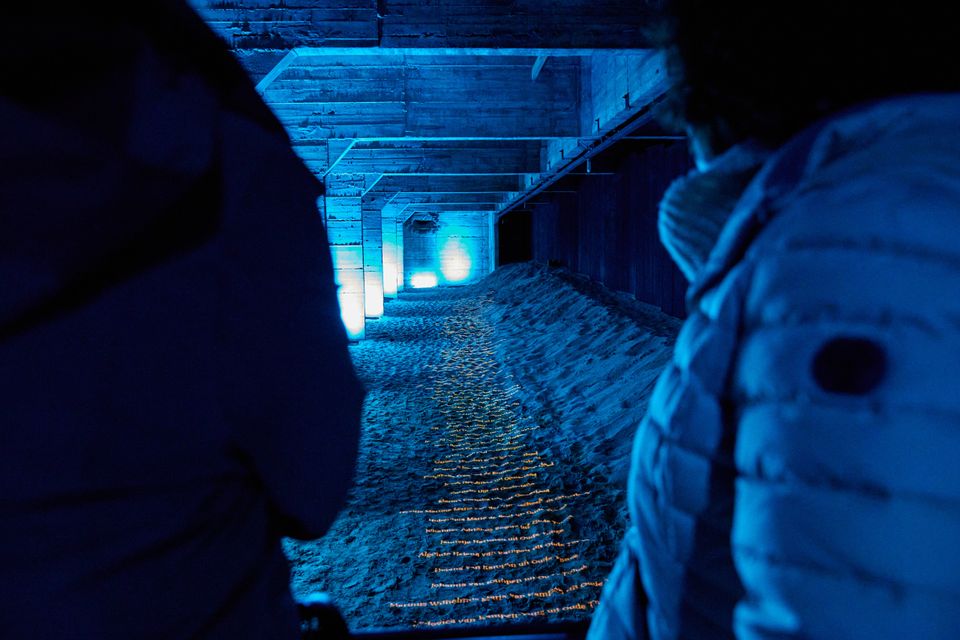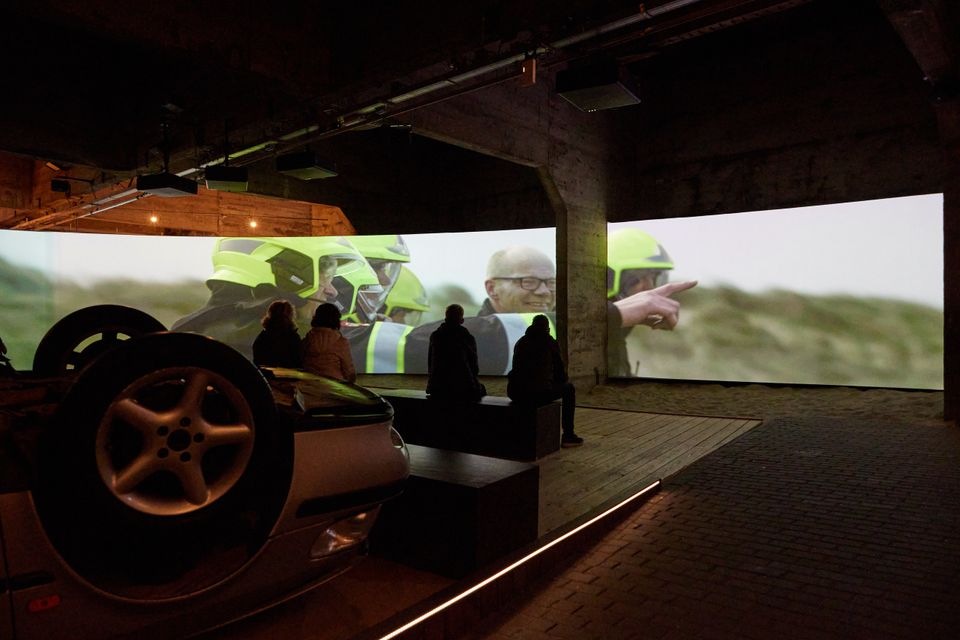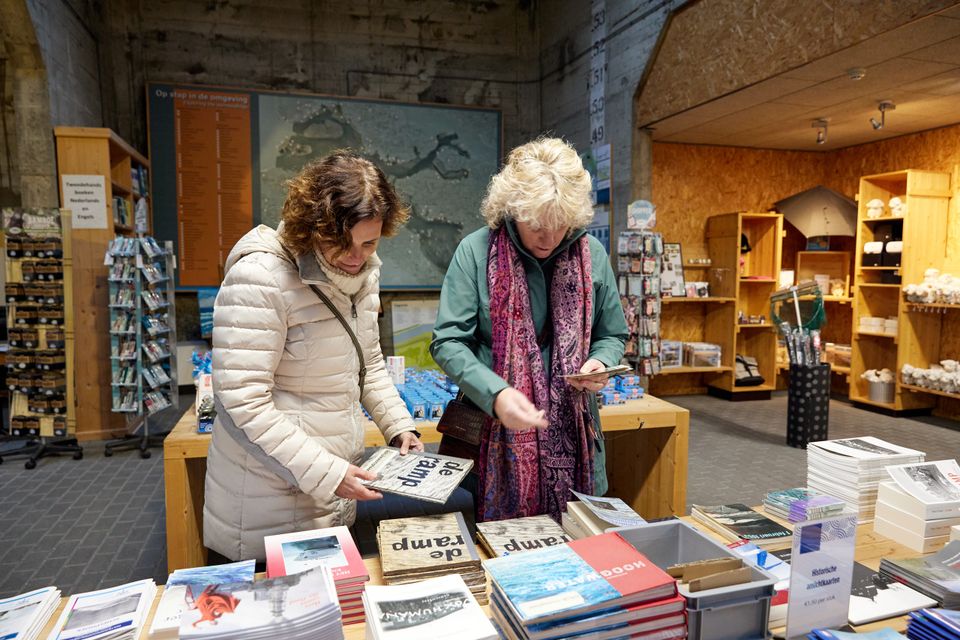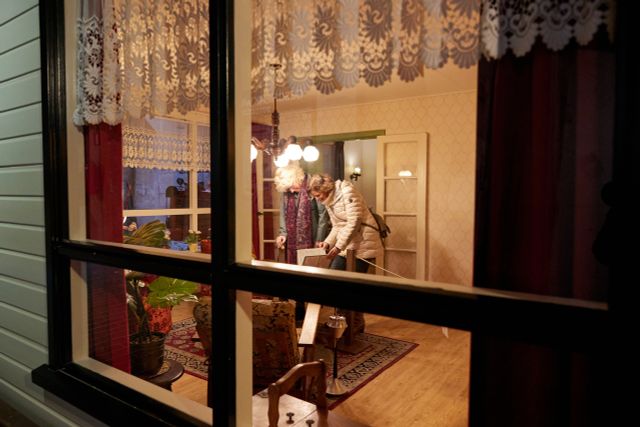Watersnoodmuseum
During the disaster night of January 31 to February 1, 1953, large parts of Southwest Netherlands were flooded. The Watersnoodramp claimed the lives of 1,836 people, over 200,000 hectares of land were submerged, and thousands of animals drowned. Many houses and buildings were irreparably damaged or swept away by the devastating force of the aftermath.
After the Watersnoodramp in 1953, significant efforts were made to make the Netherlands safer, but the risk of flooding still remains. At the Watersnoodmuseum, you can learn more about the events of that time, the consequences, and how we currently address the challenges that water brings.
The Watersnoodmuseum is housed in the four cais…
During the disaster night of January 31 to February 1, 1953, large parts of Southwest Netherlands were flooded. The Watersnoodramp claimed the lives of 1,836 people, over 200,000 hectares of land were submerged, and thousands of animals drowned. Many houses and buildings were irreparably damaged or swept away by the devastating force of the aftermath.
After the Watersnoodramp in 1953, significant efforts were made to make the Netherlands safer, but the risk of flooding still remains. At the Watersnoodmuseum, you can learn more about the events of that time, the consequences, and how we currently address the challenges that water brings.
The Watersnoodmuseum is housed in the four caissons that were used to close the last breach in the dike at Ouwerkerk after the Watersnoodramp in 1953. Each caisson has its own theme. Caisson 1 provides background information about the disaster, while personal stories and emotions are found in the second caisson. Caisson 3 showcases the machinery used for dike repair, and there is also a gift house that was occupied in Zierikzee until a few years ago.
In the fourth caisson of the Watersnoodmuseum, the new exhibition takes the 1953 flood disaster as a starting point to explore how floods can develop in the present and future. Every day, hundreds of people work to keep our country dry. But what about other countries? Play the interactive scenarios "Water Issues" and "A Daily Battle" to find out. Dig your own polders, build dikes, or pump excess water away in the water workshop.
Explore the historical role of floods in culture and politics in the exhibition. Worldwide, there are almost daily floods, often resulting in numerous casualties and significant damage. The message of the fourth caisson is clear: the battle against water is far from over.
Tip: Also, listen to the free audio tour that provides additional background stories based on objects from the museum.
Contact
4305 RJ Ouwerkerk Plan your route naar Watersnoodmuseum
from your location
Opening times
- Every monday closed
- Every tuesday from 10:00 to 17:00
- Every wednesday from 10:00 to 17:00
- Every thursday from 10:00 to 17:00
- Every friday from 10:00 to 17:00
- Every saturday from 10:00 to 17:00
- Every sunday from 10:00 to 17:00
- Note: opening times may be different during public holidays
Prices
- Free
- Payment options: Cash, PIN, Credit card






